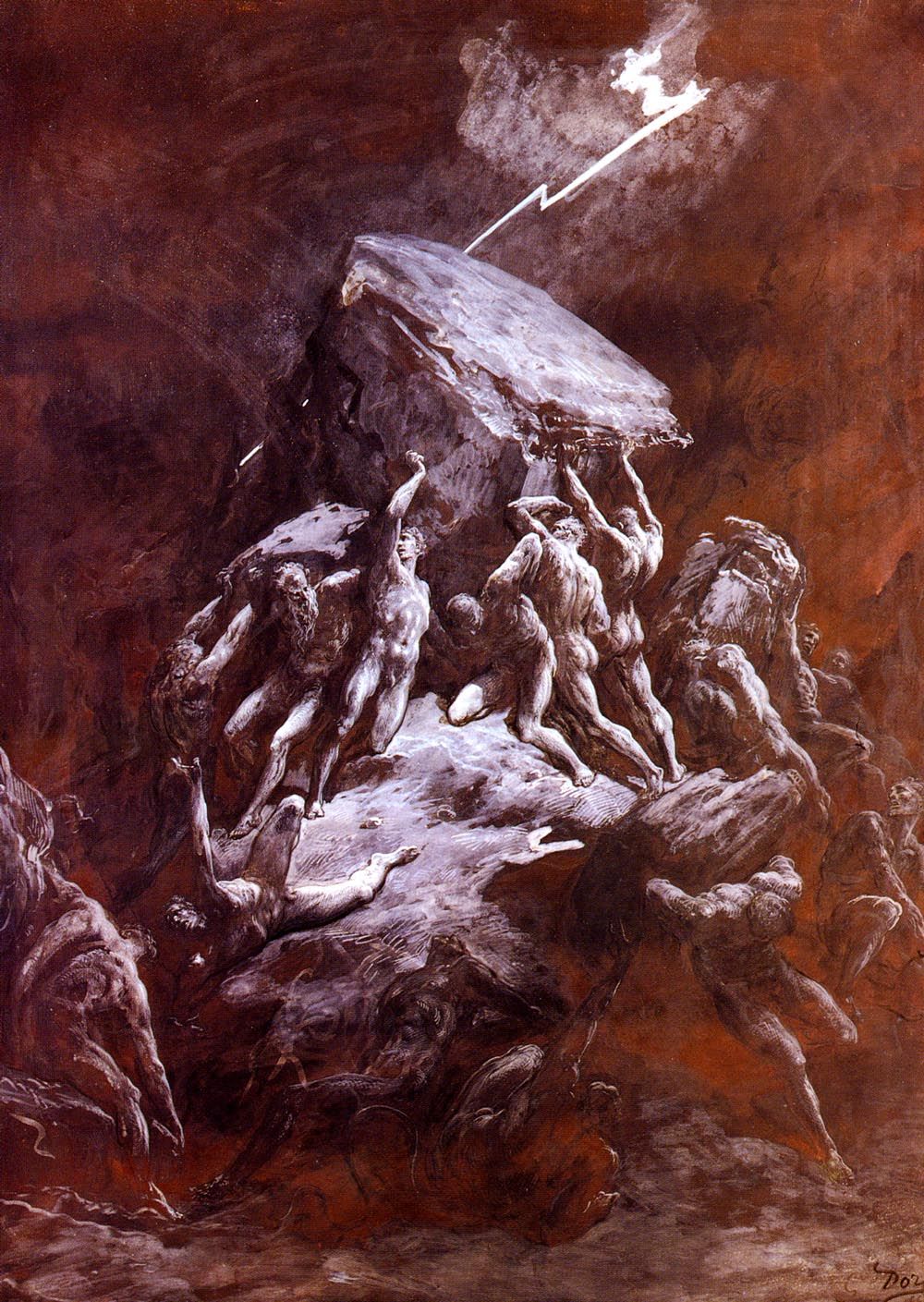
The industrial Internet of Things is breathing a new life into product lifecycle (PLM) practices and PLM software itself.
From its early days, the mantra and promise of product lifecycle management was anchored in the ability to harmonize all product lifecycle activities and frontload complex design and manufacturing. The promised benefits centered on accelerating design and manufacturing ramp up and reducing associated cost by identifying mistakes and resolving conflicts early on, when the cost of design change is still low. Additionally, a centralized repository of reusable designs, best practices, compliance procedures and other objects fosters reuse of enterprise knowledge and experience. These, in turn, reduce the number of design iterations, lower the cost of engineering change orders (ECOs), improve product quality, reduce warranty costs and accelerate time to market.
Read More



